While we might often consider Venice as that primary cluster of islands, the truth is Venice spreads further than this. There are 118 Venetian islands, some naturally present since the city’s founding, others built up artificially.
All of these islands are connected by a network of canals and bridges. If you have some time in Venice, take the opportunity to go beyond Venice and explore the Venetian Islands.

The Venetian Islands
Most Commonly Visited Islands of Venice
If we consider the cluster of islands that make up the primary city of Venice, these are the most commonly visited islands of Venice:
- San Marco Island: This is the main island of Venice. It is home to famous landmarks, including St. Mark’s Square, the Doge’s Palace, and St. Mark’s Basilica.
- Murano Island: Just a quick boat ride away, Murano is famous for its glass-making industry. Here visitors can see artisans at work, visit the Glass Museum, and buy exquisite glass made on-site.
- Burano Island: Known for its colorful houses and lace-making industry. It is a charming island not far away from the main city.
- Lido di Venezia: To the south of Venice, this island is a popular beach destination. It also hosts the Venice International Film Festival.
- Giudecca: Some would still consider this part of central Venice, located to the south. Giudecca is located across the canal from San Marco and offers stunning views of the city skyline.
It’s likely you will step foot on San Marco Island and that you might take a quick trip to Murano. We wanted to dig a little deeper and share our favorite Venetian Islands and what makes them unique.
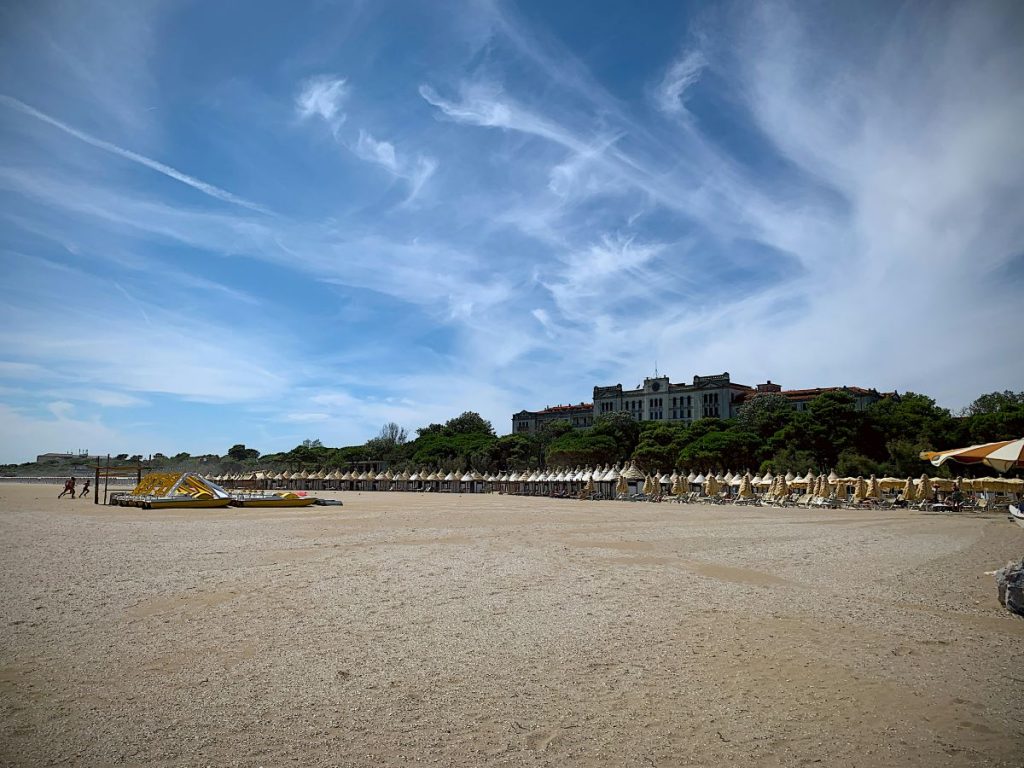
6 Must-Visit Venetian Islands
Burano
A small island in the Venetian Lagoon, Burano is famous for its vibrant houses and lace-making. Burano was founded in the 6th century when fishermen from Altino (on the mainland) settled here to escape barbarian invasions.
It wouldn’t be until the 16th century that Burano became famous for its lace-making industry, rather than as a fisherman’s post. The island’s women became renowned for their skill in creating intricate patterns within the lace, of course, all produced by hand. Lace brought such prosperity to the island that lace-makers even formed their guild.
While lace came first, the colorful houses soon followed. This became a trend in the 17th century. Legend has it that they painted the houses in bright colors so that fishermen could find their way home in the dense fog.
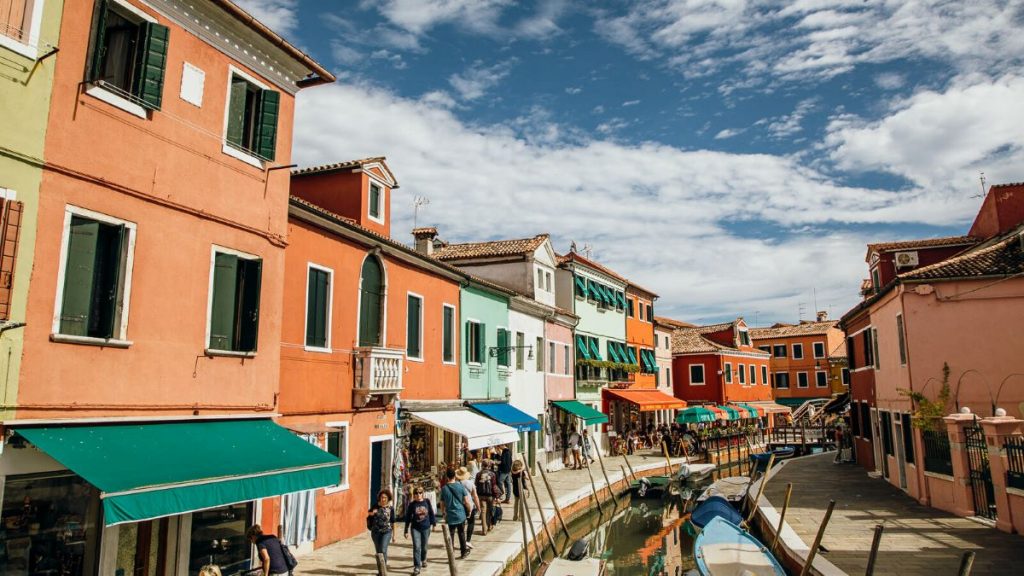
Insider’s tip: If you’d really like to get an insider’s glimpse into Venice’s charming islands, check out our tour of Murano and Burano. Led by a knowledgeable guide, a private boat will take you to explore the colorful islands and picture-perfect canals. Then, you’ll head to Murano to enjoy the centuries-old art of glassmaking with a private demonstration
Murano
Chances are you’ve already heard of Murano for its renowned glass-making. The island dates back to the 7th century when the same people from Altino settled here to escape invasion.
While glass had been made for centuries in Venice it was in the 13th century that the industry was moved to Murano. This was to prevent the risk of fires that could be caused by the furnaces. Murano’s glass-makers soon became renowned far and wide, and they too founded a local guild.
While it is a relatively quiet island, it is an excellent way to experience a long-standing tradition of the area. Head to the glass museum and find out how exactly to spot the real deal when shopping for Murano glass.

Traveler’s tip: If you’d like to see Venice’s top sites the most efficient and enjoyable way to do so is by signing up for a Best of Venice tour. This includes the Doge’s Palace, a private boat ride and a trip to Murano to enjoy a glass blowing demonstration.
Lido di Venezia
Lido di Venezia is one of the last Venetian islands of the lagoon, separating the city from the Adriatic Sea. Here you’ll find long sandy beaches, and luxury hotels. Film lovers will love to catch sight of the Venice International Film Festival, hosted here every year in August.
Lido has been a popular beach destination since the early 20th century when it became fashionable for wealthy locals to escape the summer heat of the city. Today, the island welcomes many locals and visitors alike.
We love this island for just a bit of summer relaxation. Walking the alleys of Venice and taking in all the great art could tire anyone out after a bit. Luckily you can hop on a quick boat and lay back on the sandy beach of Lido in no time.

Pellestrina
Pellestrina is a small Venetian Island found between the island of Lido di Venezia and Chioggia. It’s a quaint island known for its picturesque villages, traditional fishing, and long sandy beaches.
It’s only about 11 kilometers long and 200 meters wide and is a peaceful place, with little traffic and few visitors. Filled with colorful houses, narrow streets, and small churches, the island is a hidden gem that is well worth a peek.
Plus Pellestrina is the spot to go for seafood lovers. Still known for its traditional fishing industry, visitors can watch fishermen at work and sample some of the local catch, fresh off the boat. If Lido di Venezia gets a bit crowded, you can hop over to Pellestrina for another sandy beach stop.
You’ll find they are uncrowded offering a peaceful escape from the hustle and bustle of Venice. This is a great destination for those looking for an authentic Venetian experience.

Torcello
Torcello is a hidden gem in the Venetian Islands that is known for its history, scenery and beautiful Byzantine mosaics. It was once a thriving trade center, but today it is a quiet island, with only a few permanent residents.
One of the main attractions of Torcello is the Cathedral of Santa Maria Assunta, which dates back to the 7th century. The cathedral houses beautiful Byzantine-era mosaics, so that visit is well worth it. The most famous mosaic is the depiction of the Last Judgment, which you can find on the west wall of the cathedral.
On the island, you’ll also find the Church of Santa Fosca (Fondamenta dei Borgognoni, 24). Built in the 11th century, it features a beautiful circular design and stunning marble decor.

Insider’s tip: Visitors often love to take leisurely walks through the island’s fields and canals, enjoying the natural environment.
San Michele
San Michele is a curious find in the Venetian islands and is often overlooked. Here you’ll find the main cemetery of Venice, the final resting place for many famous Venetians, including artists, writers, and musicians.
The cemetery on San Michele is one of the most beautiful places in Venice. It dates back to the early 19th century. This is when the city decided to close all its local cemeteries to prevent the spread of diseases. San Michele was designed as a garden, with pathways and flower beds. It quickly became a popular destination for visitors and locals alike.
You’ll find many notable tombs on your visit, including those of the composer Igor Stravinsky, the writer Ezra Pound, and the family of philosopher Friedrich Nietzsche. The island also has a church, built in the 15th century and is home to several works of art.
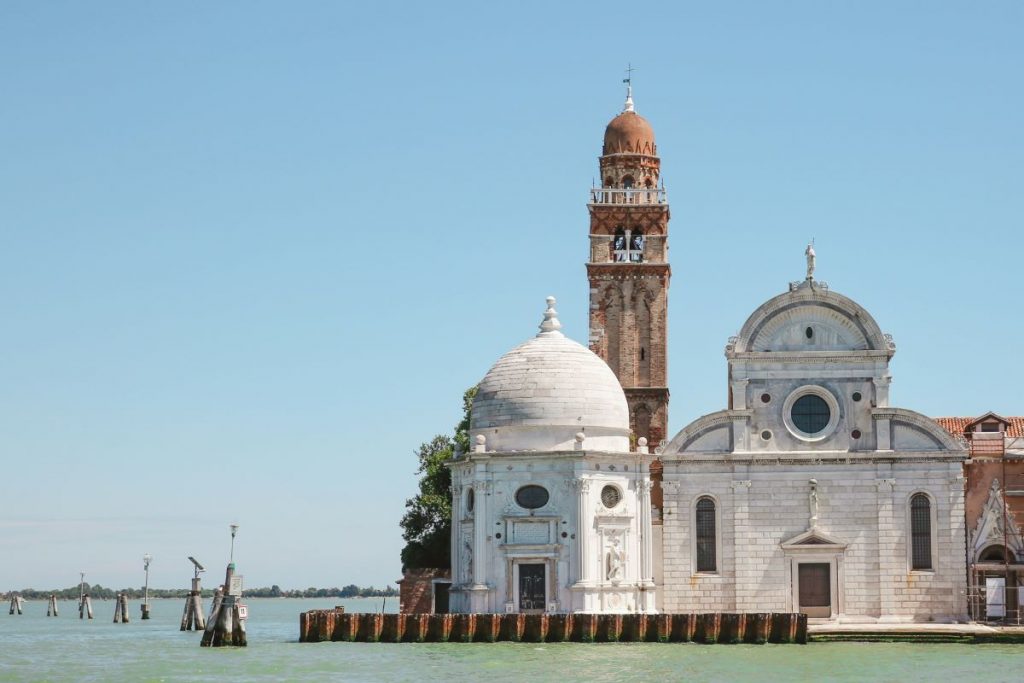
FAQ´s – Visiting the Venetian Islands
How do I travel between the Venetian Islands?
The easiest way to travel between islands is by vaporetto, Venice’s public waterbus system. Boats run frequently to Murano, Burano, Torcello, Lido, and Giudecca. A single ticket typically covers one journey. However, if you plan to explore several islands in a day, consider purchasing a day pass for unlimited travel. Water taxis are also available but cost significantly more.
How much does transportation cost?
A standard vaporetto ticket usually costs around €9.50 for a 75-minute ride. For better value, many visitors choose a 24, 48, or 72 hour ACTV pass, which can save money if you’re island-hopping. Water taxis range from €60–€120 depending on distance, great for convenience, but not for budget-minded travelers.
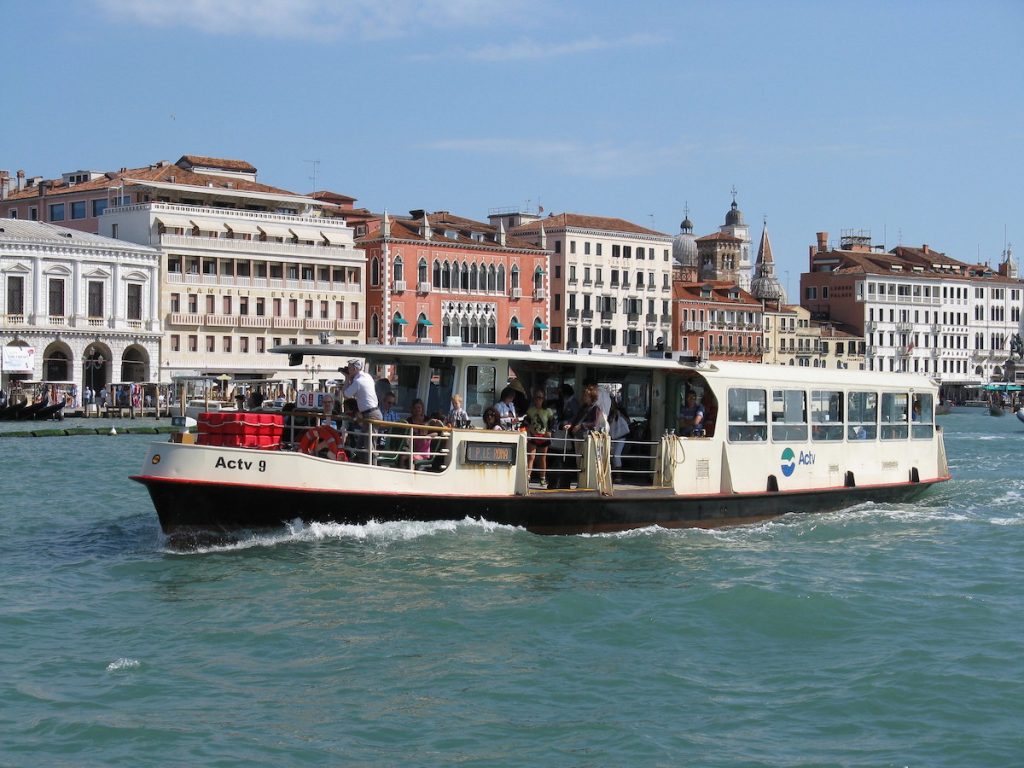
Where’s the best place to stay if I want to explore the islands?
Most travelers choose to stay in central Venice (San Marco, Cannaregio, or Dorsoduro) for easy access to vaporetto lines. However, if you want a quieter and more local experience, Murano and Lido di Venezia both offer charming hotels and calmer evenings. Lido is especially great in the summer thanks to its beaches.
Can I visit several islands in one day?
Absolutely. Many travelers combine Muran, Burano and Torcello in a single day since they’re on the same vaporetto line. Just be sure to start early. If you prefer a more relaxed experience, consider splitting the islands over two days.
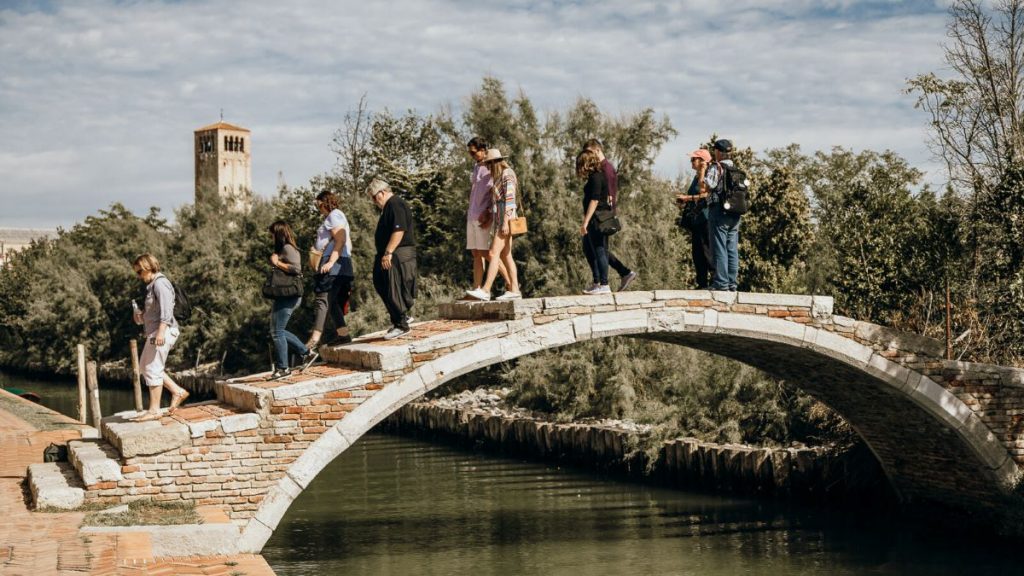
Journey to the lagoon’s outer islands in comfort on our Premium Murano and Burano tour traveling by private boat for a seamless and scenic ride. You’ll enjoy an exclusive, crowd-free glassmaking demonstration in Murano, then wander the colorful canals of Burano with a local expert who brings each island’s stories to life. Reserve your spot today and explore the magic of Murano and Burano with us!
